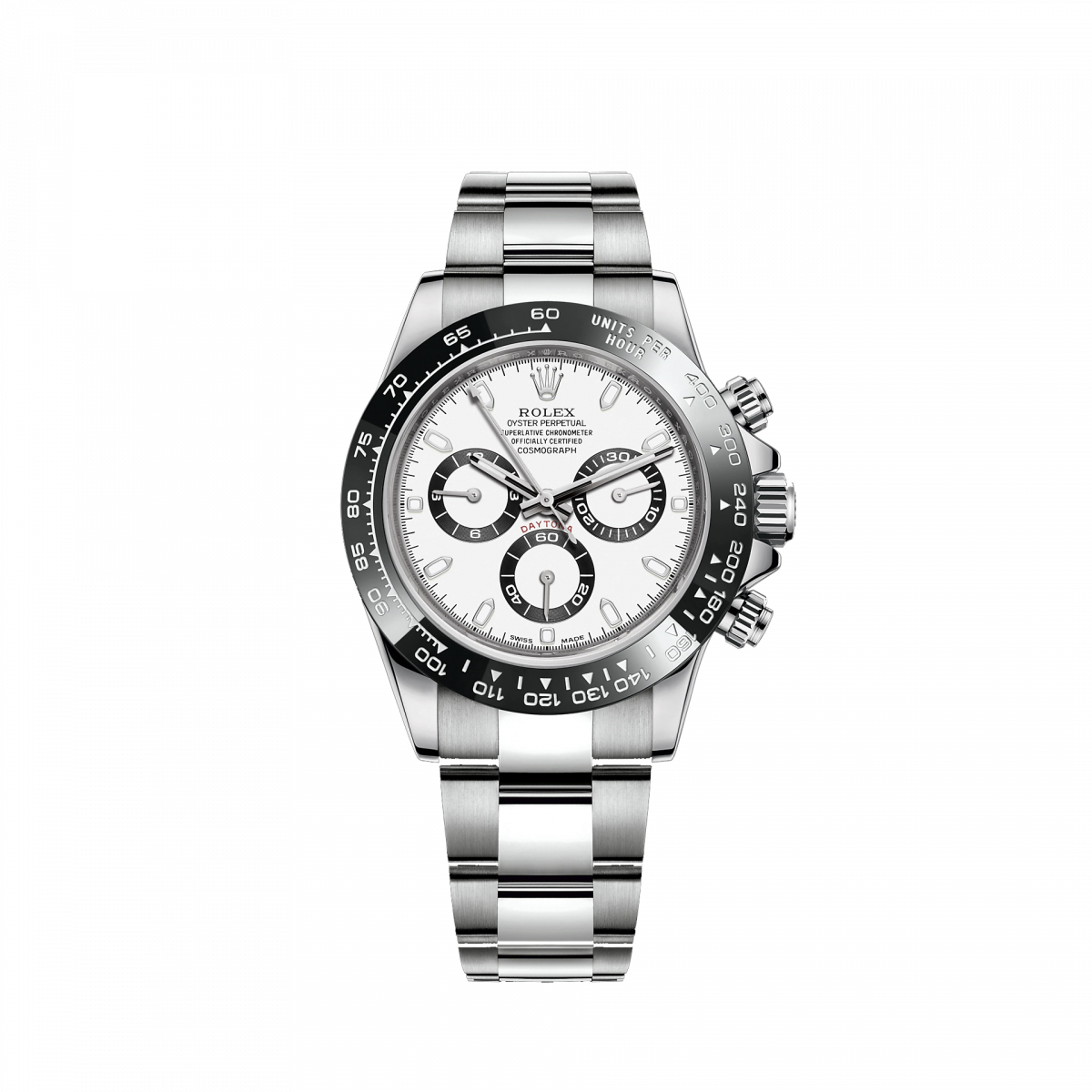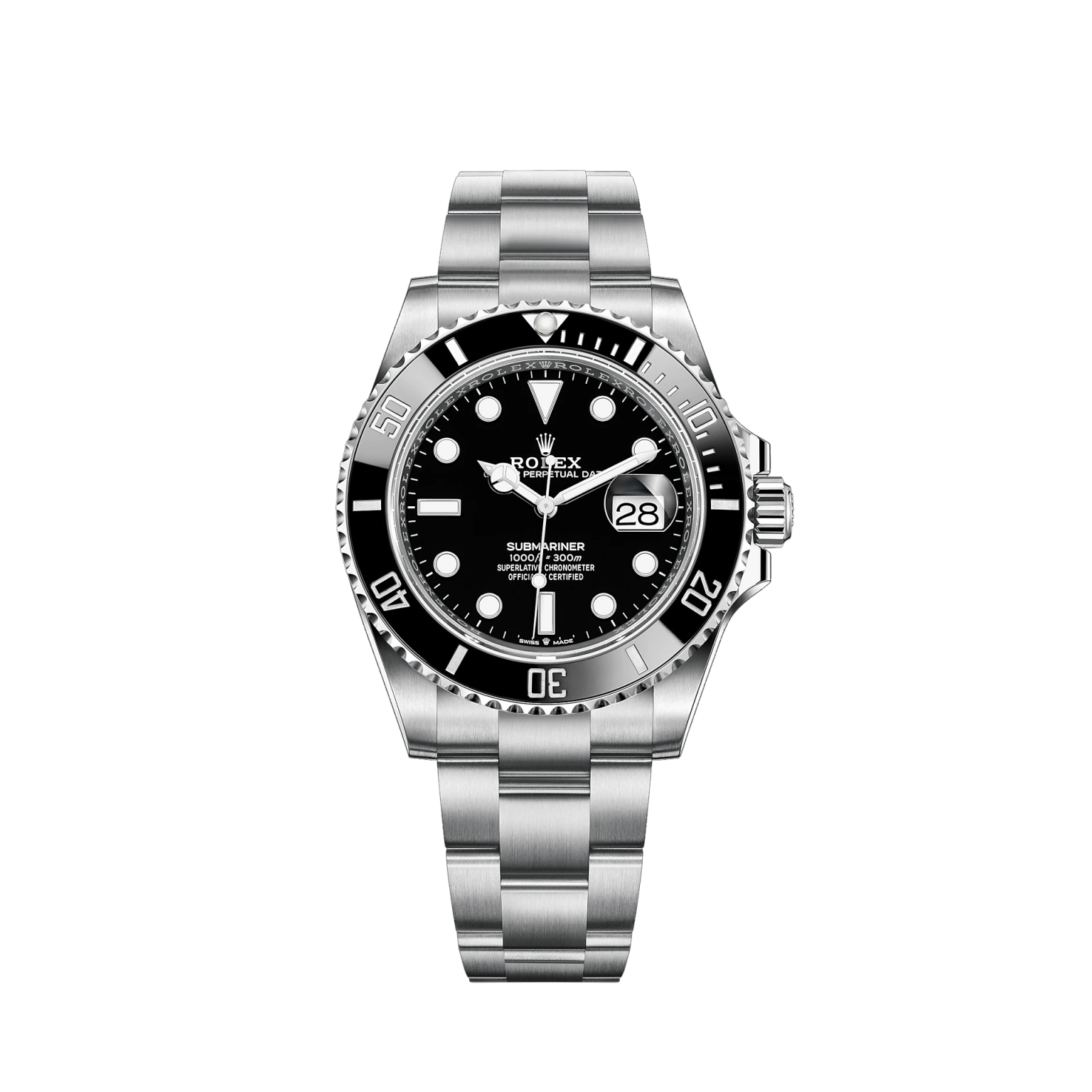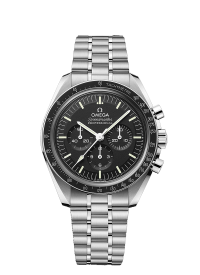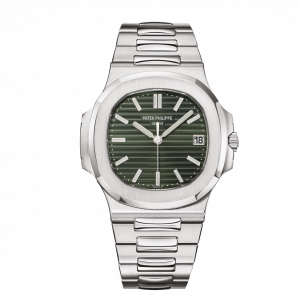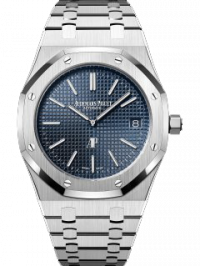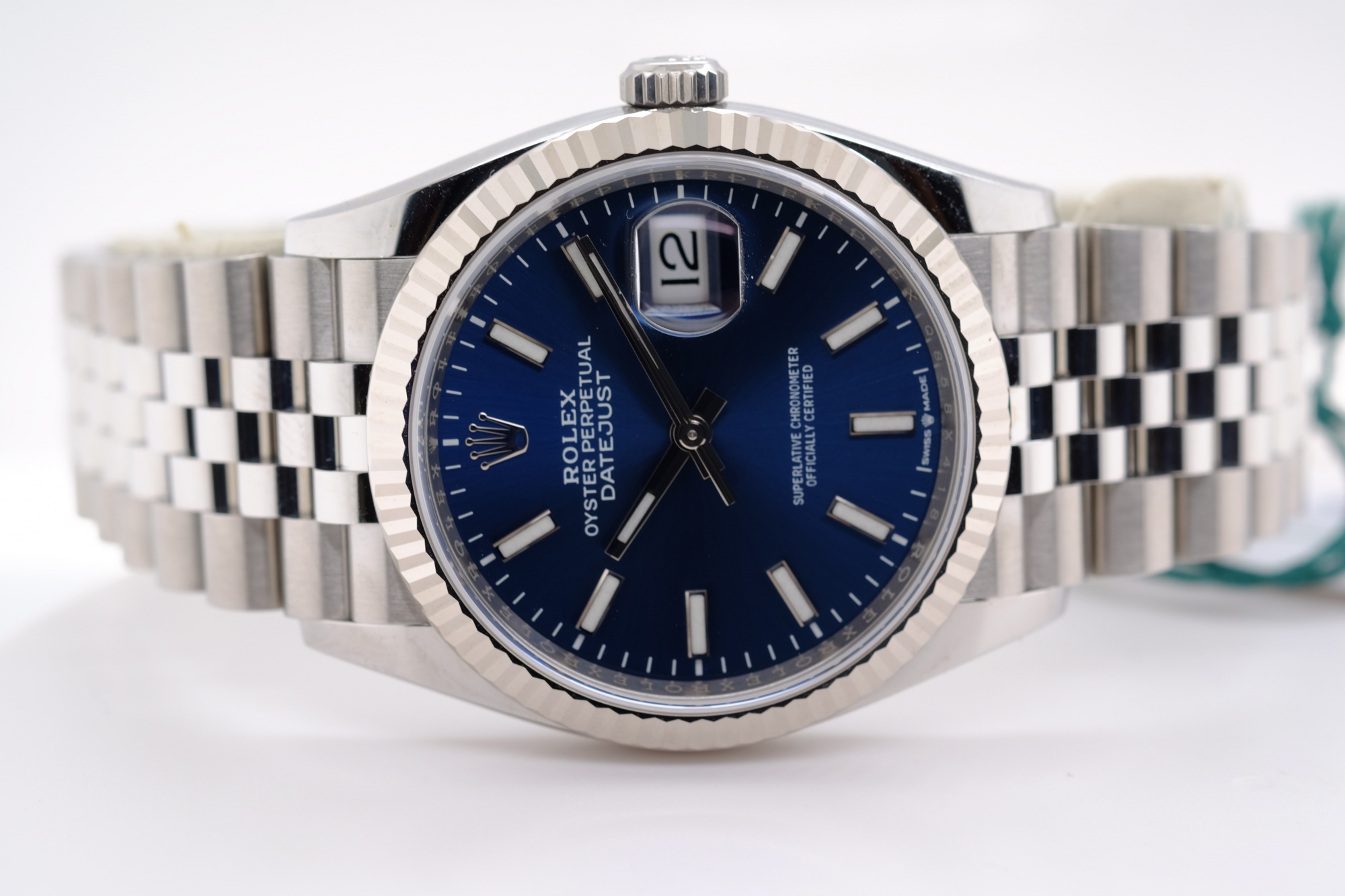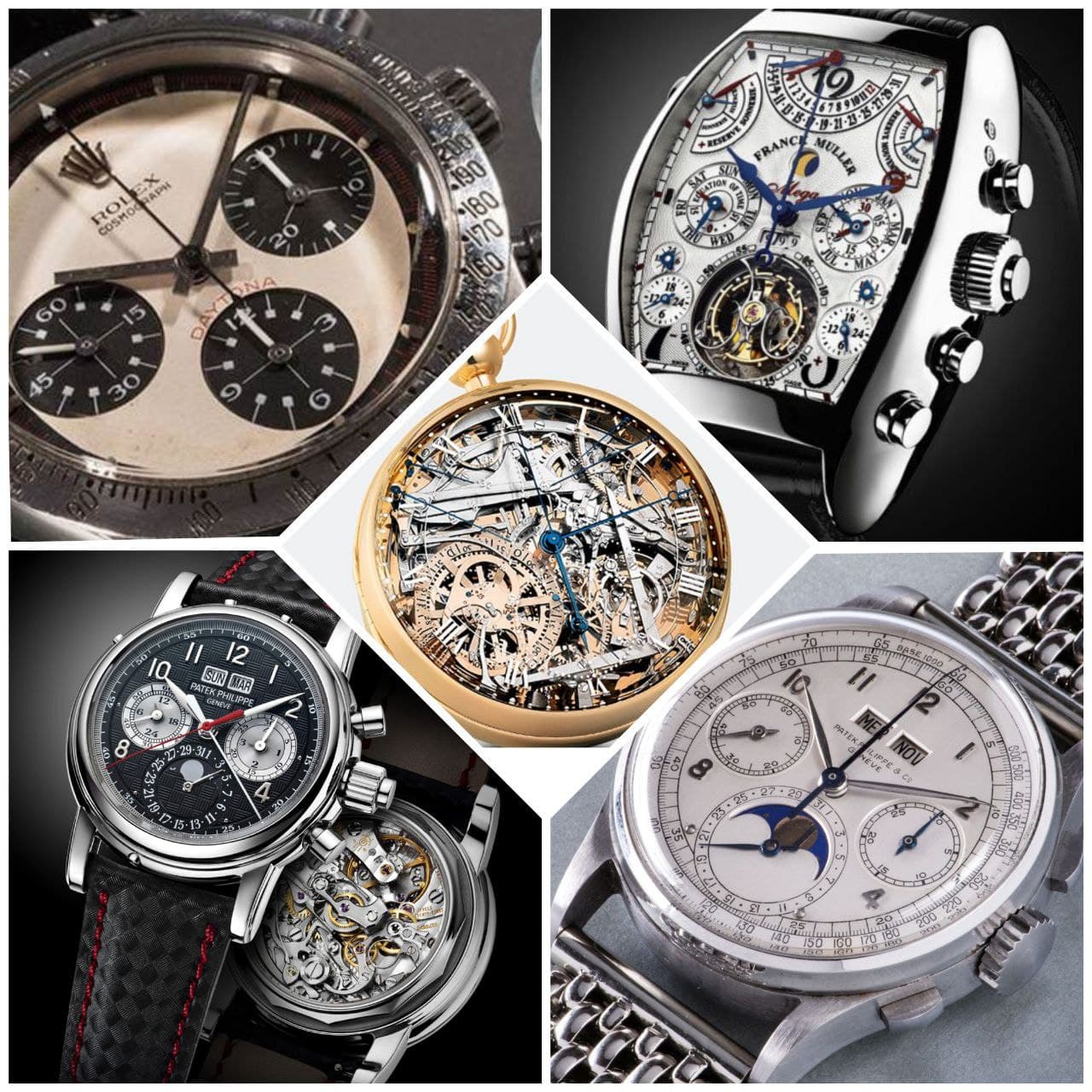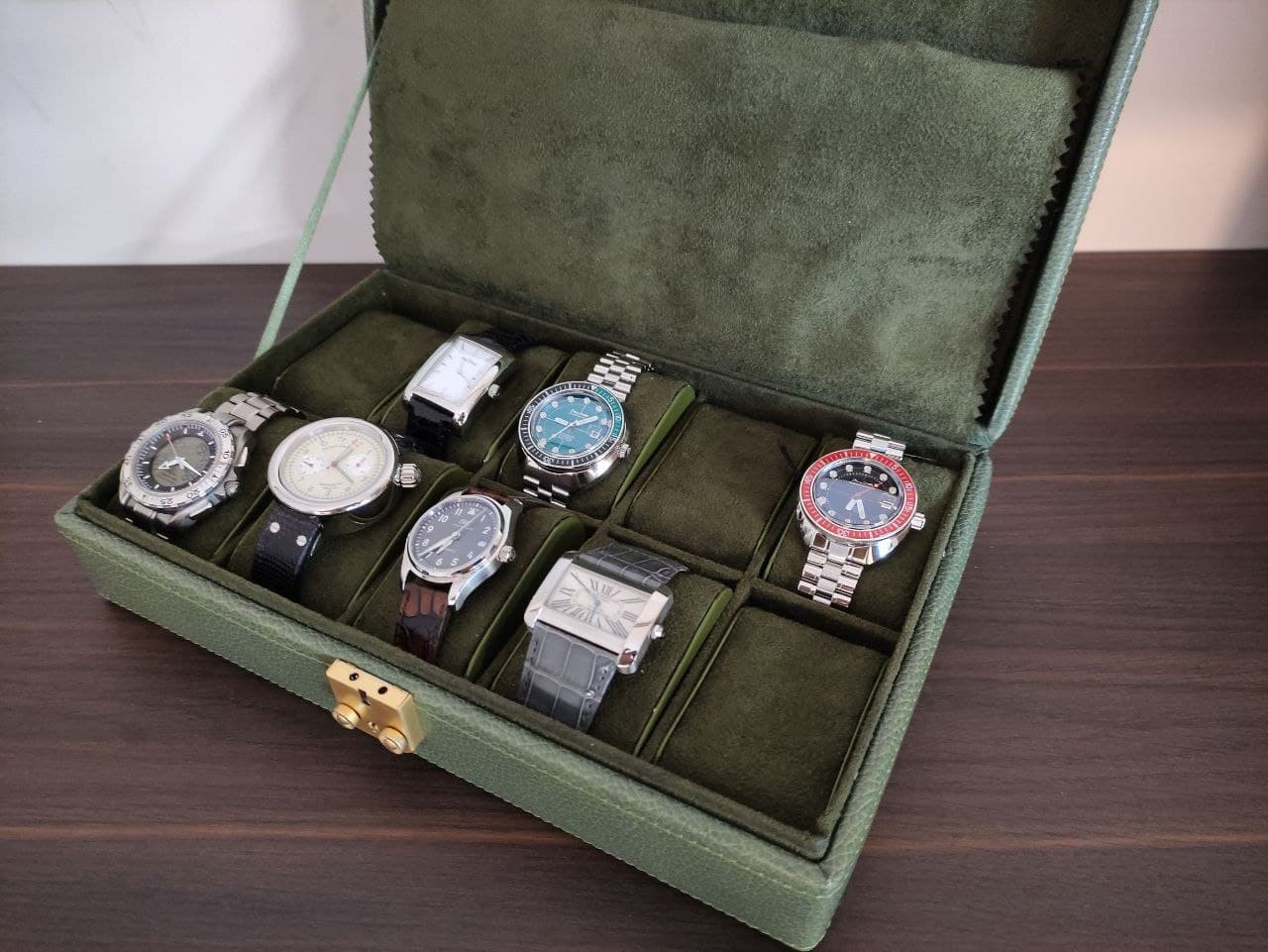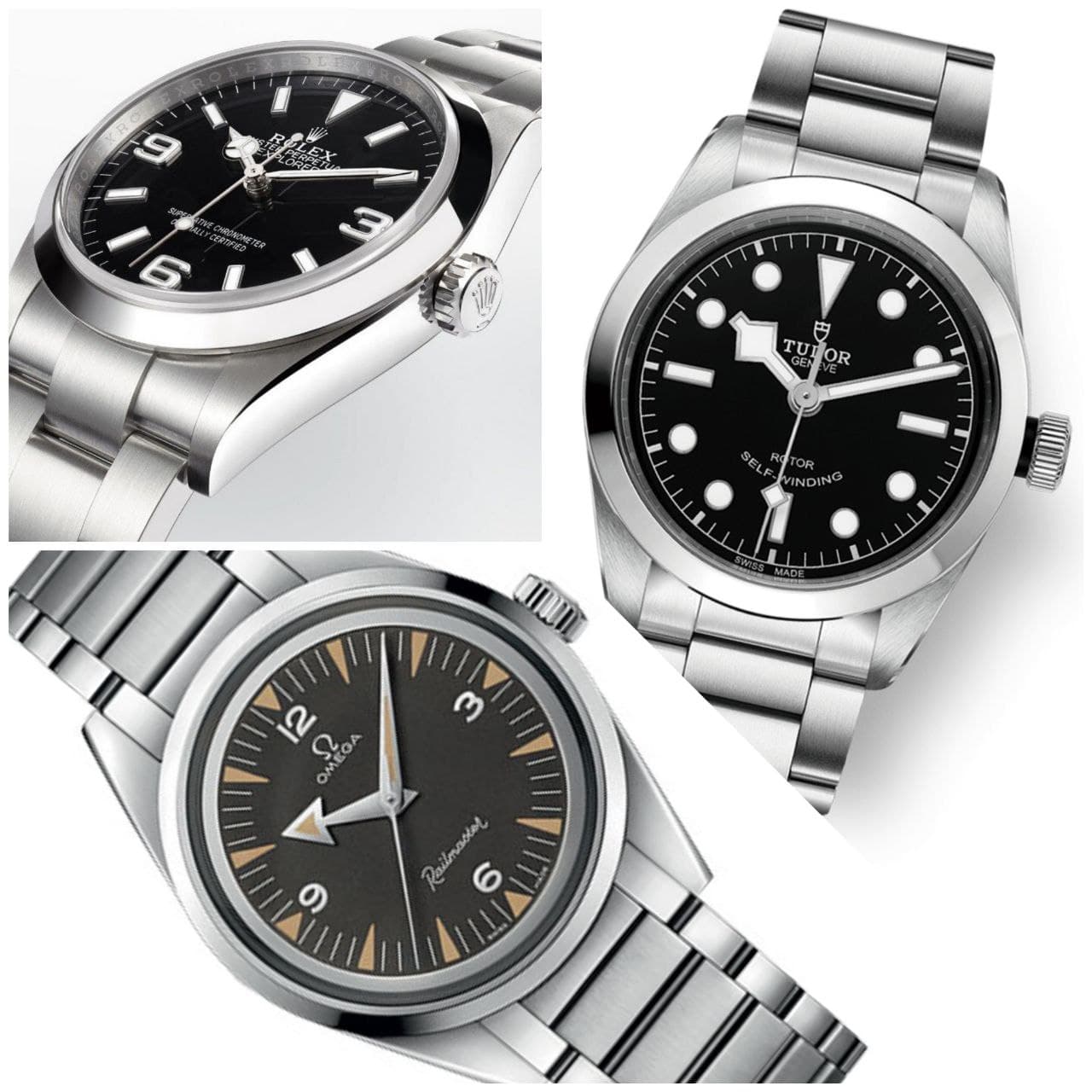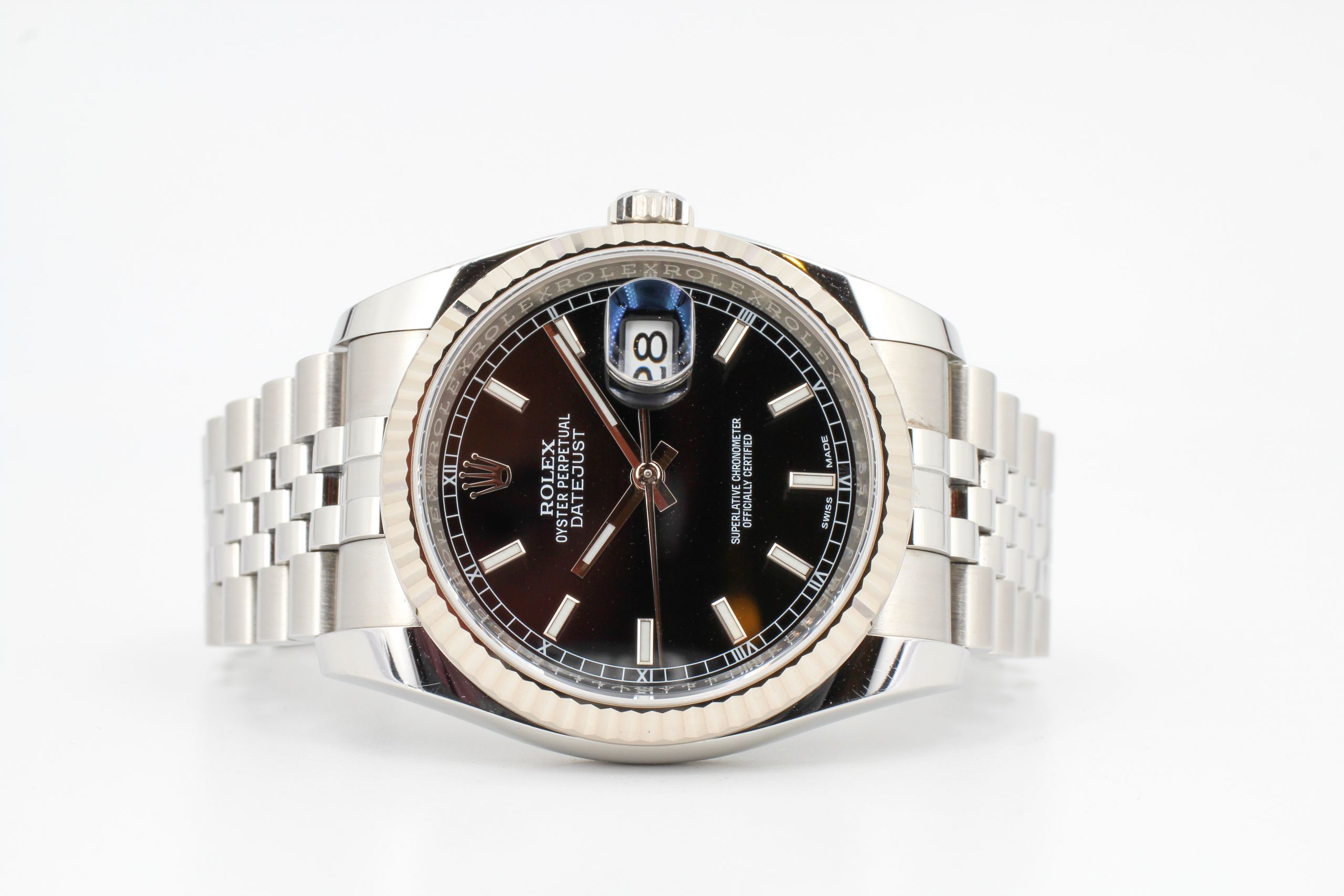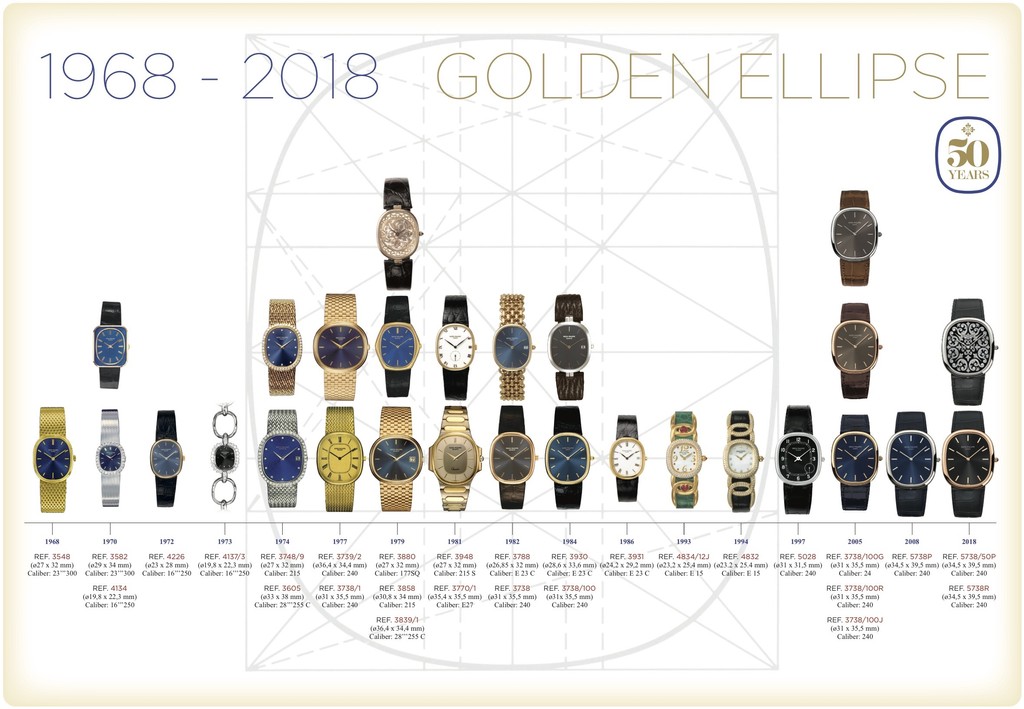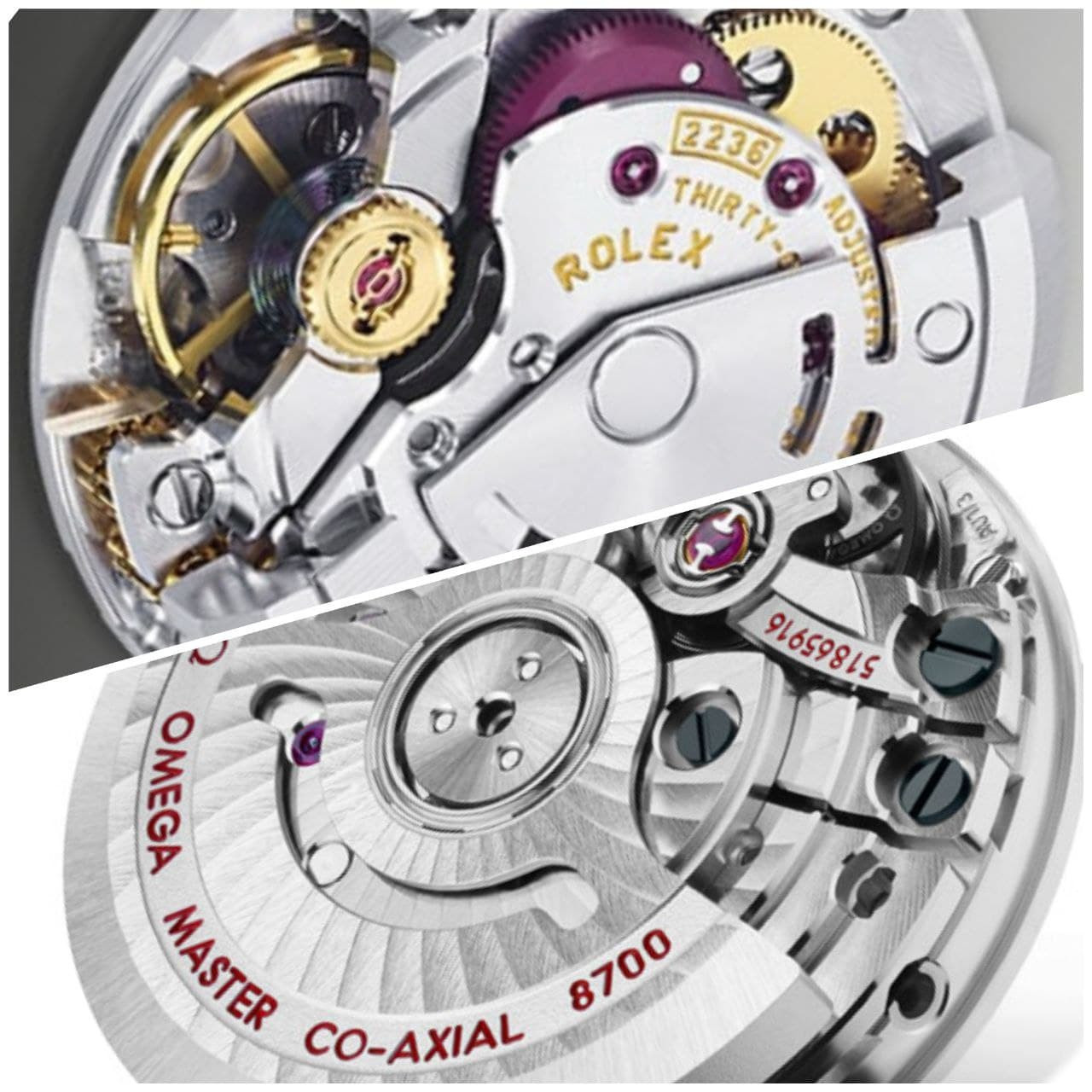Dr. N.
In self-winding watches, the rotor is the component that allows the kinetic energy given by the movement of the wrist to be transformed into elastic potential energy accumulated in the spring of the barrel.
The self-winding watch is based on a semicircular rotor weighted along the outer perimeter, a rotor that always tends to go downwards, while the watch changes angle of inclination with respect to the ground by moving the wrist: this causes the rotor to turn with respect to the reference of the movement, generating rotational energy which is converted into elastic potential energy, loading the spring of the barrel.
The automatic winding: the first attempts
The automatic movement is an idea that initially occurred to the volcanic inventor Abraham-Louis Breguet, at the end of the 1844th century. The aim is to obviate the need to manually wind the watch using an external key that can introduce dirt or humidity into the movement, not to mention the possibility of losing it. We note, incidentally, that the key problem was solved in XNUMX by Jean Adrien Philippe, which presents at the Paris exhibition a mechanism which integrates, in a single crown linked to the watch, the functions of winding and setting the time. This system, still in use today, greatly affects an illustrious visitor to the exhibition, Antoine Norbert de Patek: but that's another story ...
So let's go back to 1780, when Breguet presents his invention, consisting of an oscillating mass that transforms the jolts of the wearer into elastic potential energy, thanks to an arm connected to the winding spring.
This extraordinary invention, truly a forerunner of the times, however, did not achieve widespread success. The reason is to be found in the nature of the pocket watch, which Breguet he applied his idea. In fact, a watch carried in the pocket hardly receives enough oscillations along the vertical axis, during a normal day of wearing the watch, to fully wind the spring.
Only with the arrival of wristwatches it is possible to use automatic winding in a profitable way: these timepieces, today the subject of so much interest by enthusiasts, did not become in common use until the XNUMXs. The reason for this delay is both in the public perception that wristwatches were jewels for ladies, dispelled only by the military use of timepieces tied to the arm in the First World War, and in the fragility of watches when not protected in the pocket, resolved only with the introduction of antishock in the XNUMXs.
The first to make a self-winding mechanical wristwatch with 360 ° oscillating rotor and winding spring with breda is Hans Wilsdorf, with the technology Rolex Oyster Perpetual, introduced in 1930. All Rolex on the market today they are equipped with automatic winding technology Perpetual. Not only that, but this system has become the basis for most of the movements adopted in self-winding watches ever since.
The bidirectional automatic winding: why?
The bidirectional winding rotors have the considerable advantage of being suitable for users who are not physically active. An automatic watch is ideally charged with the movement of the wrist during a walk, with the crown at three o'clock facing down and the arm gently swinging. Today we no longer walk as much as we used to, due to the spread of all kinds of means to reduce physical mobility, from mass motorized transport to teleworking. This, in addition to physical fitness, is also detrimental to the ability of watches to keep winding. The solution, as often happens in the watchmaking sector and beyond, is in the past: at least, as far as the winding of the watch is concerned ...
In the XNUMXs, Felsa, a movement manufacturer that later merged into ETA today Swatch Group, develops the bidirectional winding rotor Bidynator. It is an innovative and very effective system, and has great success, being then used in its derivations by the whole future ETA production complex.
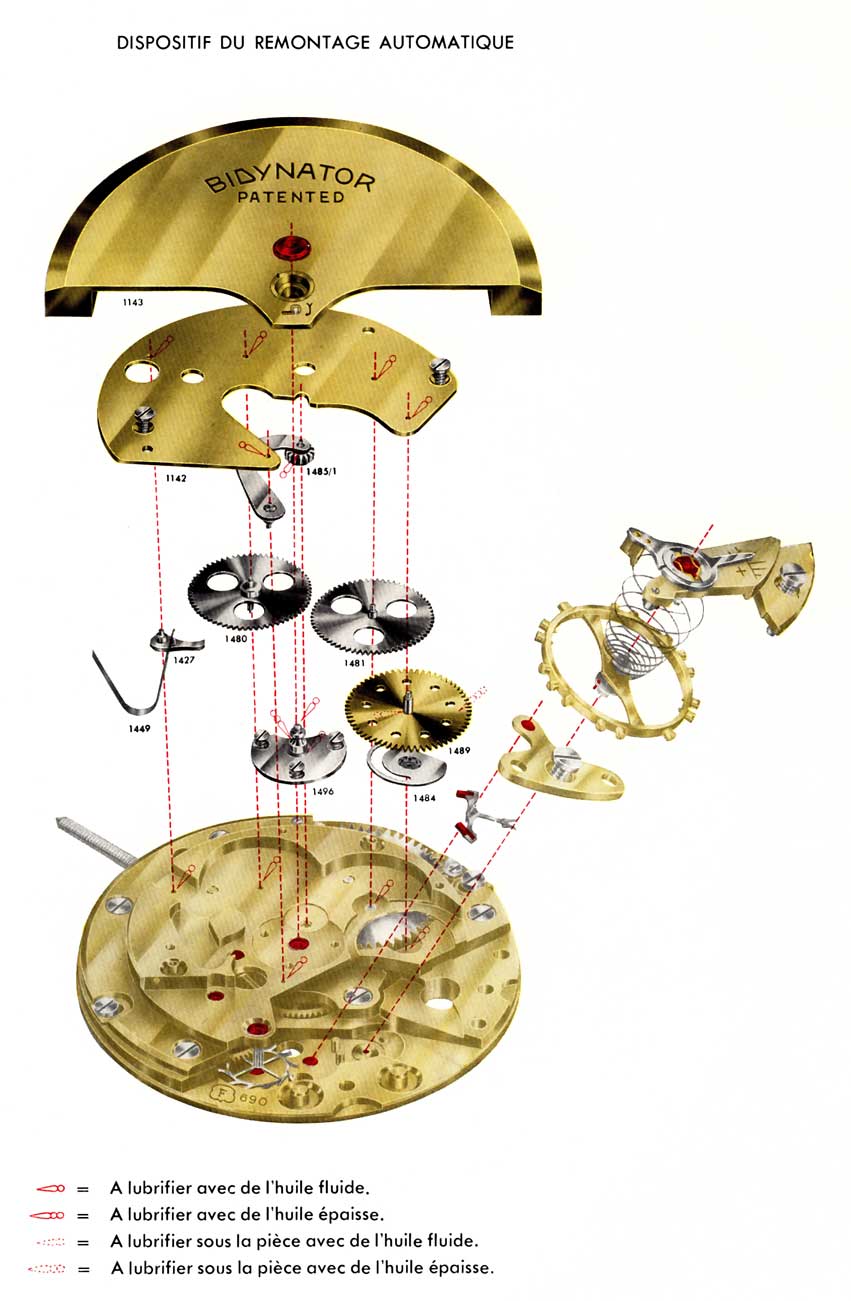
The Felsa Bidynator rotor is based on a series of toothed wheels to convert the counterclockwise and clockwise rotary motion into a single direction of rotation designed to always load the barrel. A different system is introduced by Pellaton, in watches IWC. Pellaton's idea is to use eccentric levers with respect to the axis of the winding rotor which exert a pulling action on the winding wheel of the barrel.
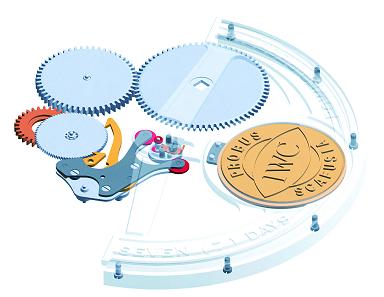
The Pellaton system still in use in IWC automatics
An analogous system conceptually but different in the concrete realization with respect to Pellaton's is the Magic Lever di Seiko, designed for maximum sturdiness, at the expense of the so-called “dead angle”, ie the part of the rotor stroke, in the phase of reversal of the direction of rotation, which is not converted into energy useful for movement. It is true that the optimization work done by Seiko over the decades it has led these movements to be very efficient in taking advantage of automatic winding. On the contrary, we can say that basically all watches equipped with automatic winding today are perfectly capable of “supporting themselves” with the gentle movement of the wrist of an average sedentary man.
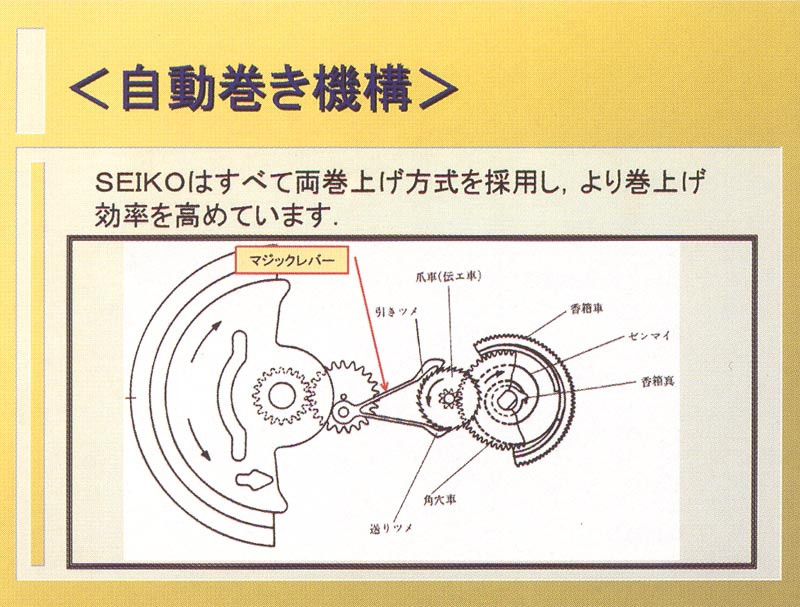
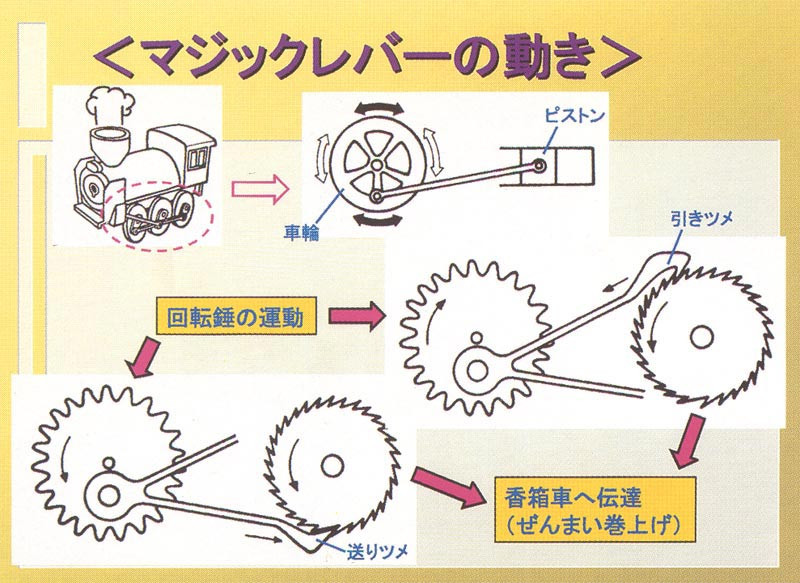
In these two images, Seiko's Magic Lever system
Conclusions: bidirectional or unidirectional rotor?
Today, self-winding mechanical watches have been optimized to the point that they function perfectly despite the sedentary lifestyle of the wearer. Bidirectional automatic winding has become the standard in the watch industry, it's true, but many manufacturers continue to make perfectly efficient one-way automatic movements. The reason for this choice, made by prestigious manufacturers such as Patek Philippe, is simple: a one-way rotor is thinner and makes it possible to make watches less thick than a two-way one.
However, whether your watch has bidirectional or unidirectional automatic winding, rest assured that any modern design timepiece will work smoothly with your normal movements.
If you liked this article, subscribe to the Chronosect Newsletter (at the bottom of the home page) and read our Shops!


